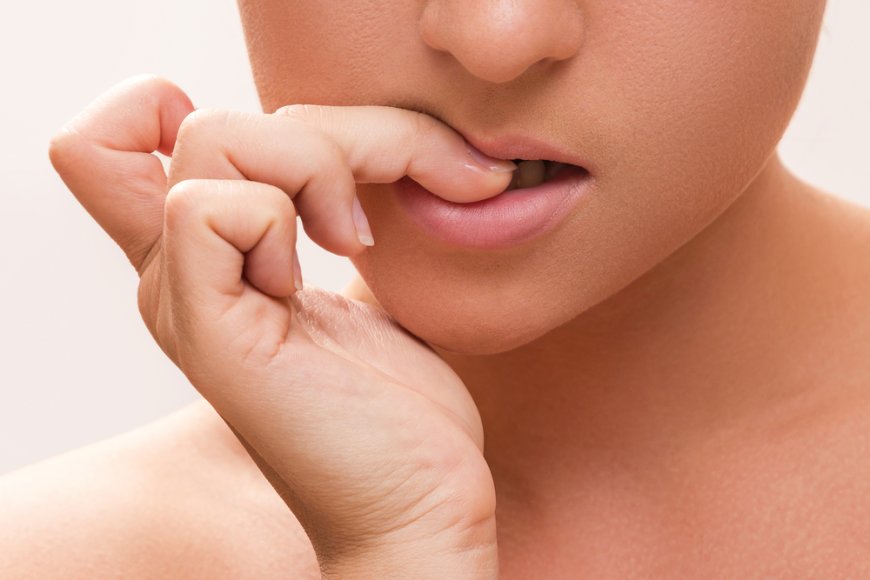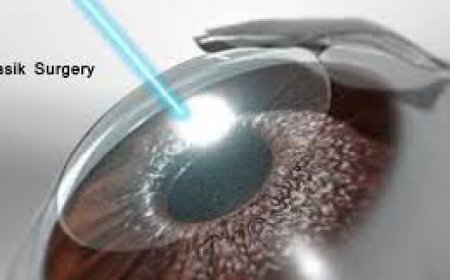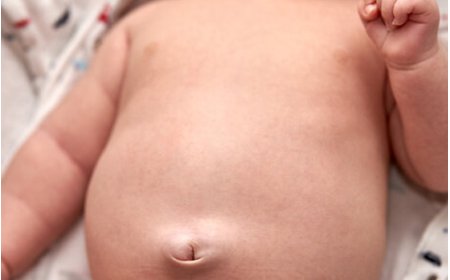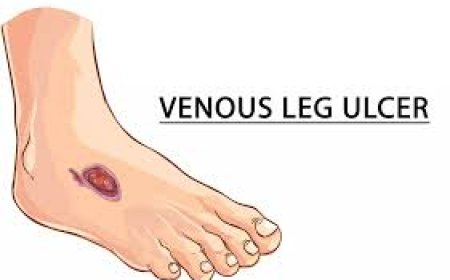Nail Biting

Introduction:
India is a country full of diverse cultures and traditions, but there's one habit that's not so good for our nails - Nail Biting! In this article, we will explore what Nail Biting is, how it affects us, its causes, risk factors, types, diagnostic tests, treatments, and simple explanations for young children aged 10 and above to understand why it's essential to break this habit for healthy and beautiful nails.
What Is Nail Biting? :
Nail Biting is like a little adventure where we can't resist using our teeth to chew on our fingernails or toenails. It's like a puzzle we can't put down, but it's not good for our nails!
How Is Nail Biting Classified? :
Nail Biting is classified as a habit or behavior that some of us develop when we feel anxious, bored, or even excited. It's like a little habit monster that needs to be tamed!
Sign and Symptoms:
Just like a puzzle missing a piece, there are signs and symptoms that tell us we might be biting our nails:
- Short Nails: Our nails might be shorter than usual, like a little trim without using nail clippers.
- Red and Swollen Skin: The skin around our nails might become red and swollen, like a little tomato.
Causes and Triggers:
The causes of Nail Biting are like little triggers that make us start this habit:
- Stress and Anxiety: When we feel stressed or worried, we might bite our nails to calm ourselves down, like taking a deep breath.
- Boredom: When we are bored or have nothing to do, we might start biting our nails like a little activity.
Risk Factors with Examples:
Just like protecting our treasures, there are risk factors that make us more likely to bite our nails:
- Family Influence: If our family members also have the habit of nail biting, we might pick up the habit from them, like learning a new game.
- Nail Condition: If our nails are rough or uneven, we might bite them to make them smooth, like a little makeover.
Types of Nail Biting with Detailing for Each Type:
Nail Biting has different types, each with its own unique patterns:
- Mild Nail Biting: Some of us might bite our nails occasionally when we are nervous or bored.
- Severe Nail Biting: For some of us, it might become a regular habit that's hard to stop, like a daily routine.
Diagnostic Tests and Treatments:
To break this habit, we don't need special tools like a detective. We can do it ourselves with some simple techniques:
- Awareness: By recognizing when we feel the urge to bite our nails, we can try to distract ourselves with a different activity, like playing a game or drawing a picture.
- Keep Nails Trimmed: By keeping our nails short and neat, there's less to bite, like finishing a puzzle with fewer pieces.
Complications of Nail Biting and Prevention Techniques:
Nail Biting might not be good for our nails and our health, but we can prevent it with some simple techniques:
- Use a Bitter Nail Polish: By applying a special bitter nail polish on our nails, it will taste bad when we try to bite them, like a little reminder to stop.
- Keep Hands Busy: By keeping our hands busy with a fidget toy or stress ball, we can avoid the temptation to bite our nails, like finding a new adventure to explore.
Nail Biting might be a common habit, but it's essential to break this habit for healthy and beautiful nails. By understanding the triggers and finding healthier ways to cope with stress or boredom, we can keep our nails looking their best and continue our adventures in India with confidence and style!
What's Your Reaction?
 Like
0
Like
0
 Dislike
0
Dislike
0
 Love
0
Love
0
 Funny
0
Funny
0
 Angry
0
Angry
0
 Sad
0
Sad
0
 Wow
0
Wow
0







































































